When a server crashes, everything from file access to application performance can come to an abrupt stop. Whether it is a web server hosting business operations or a RAID-based system storing critical databases, the result is the same: downtime, data inaccessibility, and potential financial loss.
A server crash can happen without warning, often triggered by hardware malfunctions, software errors, or external factors such as power surges. The key to minimizing damage is understanding why it happened and acting quickly before data corruption spreads across the system.
In this article, you will learn the most common causes of server crashes, how to recognize early warning signs, and what steps you should take to recover your data safely.
We will also explain how professional recovery experts at RAID Recovery Services help restore servers to full functionality after unexpected failures.
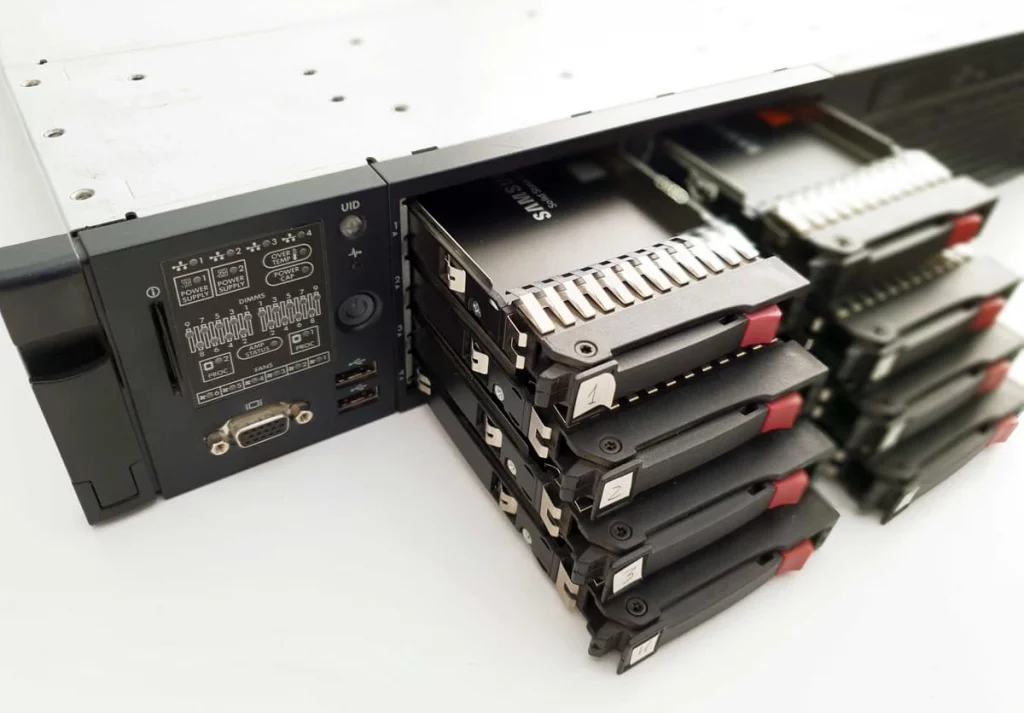
What Happens When a Server Crashes
A server crash instantly disrupts all connected systems and users. Applications may freeze, shared files become inaccessible, and websites or databases stop responding.
In many cases, even a short period of downtime can cause major data loss or interrupt critical business operations.
When the system crashes, data in active memory may be lost, and pending write operations can lead to file corruption. If the server hosts a RAID array, the configuration might become inconsistent, resulting in unreadable or missing drives.
A prolonged crash can also damage the operating system or stored partitions, making it difficult for users to restart the machine safely. In business environments, this often leads to loss of productivity, customer service interruptions, and compromised data integrity.
To learn more about how servers support daily business operations and the risks of downtime, read our detailed guide on Server for Business.
Common Reasons for Server Crash
Server crashes can happen for many reasons, from hardware defects to software corruption. Understanding these causes helps you identify the root of the problem faster and take proper preventive measures.
Here are the most common reasons for a server crash:
Hardware Failure: Faulty hard drives, damaged memory modules, or overheating CPUs can cause immediate shutdowns.
Power Surge or Outage: Sudden power interruptions or voltage spikes can corrupt data and damage server components.
Overheating: Poor ventilation or dust buildup in cooling fans can cause thermal shutdowns to protect the system.
RAID Controller Malfunction: A damaged or failed controller can break the communication between drives and the server, leading to data loss. Learn more in our post on RAID Controller Failure Recovery.
Software or OS Corruption: Incomplete updates, bad sectors, or application conflicts can make the operating system unstable.
Malware or Ransomware Attack: Infected servers may lock, encrypt, or delete data.
Human Error: Mistakes during configuration or maintenance, such as accidental formatting or improper rebuilds, can also trigger system crashes.
Identifying which of these issues caused the failure is the first step toward proper recovery.
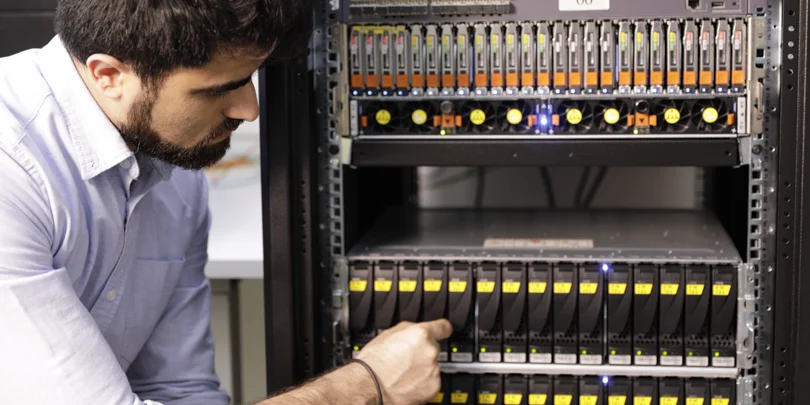
How to Identify the Type of Server Failure
Before taking any recovery action, it is essential to determine whether the crash resulted from hardware, software, or configuration failure. Each type requires a different approach and level of expertise.
Hardware failures often show clear signs, such as unusual clicking noises, blinking warning lights, or overheating. If the server does not boot at all or displays BIOS errors, the issue is likely physical.
Software-related failures usually involve corrupted files, blue screen errors, or boot loops. These indicate problems with the operating system or installed applications.
Configuration or RAID failures can be more complex. When drives appear missing or a volume becomes degraded, it often points to a RAID synchronization issue. In such cases, you can review our guide on Troubleshoot RAID Failure for additional insight.
Collecting this information early helps engineers diagnose the problem accurately and prevents further data damage.
What to Do When Your Server Crashes
When a server suddenly fails, it is important to act calmly and avoid any actions that could worsen the situation. Follow these steps to minimize data loss and prepare the system for safe recovery:
Power Down the Server Safely: Shut the system down immediately to prevent further damage or overwriting of critical data.
Do Not Attempt a Rebuild: Avoid rebuilding or reconfiguring RAID arrays without expert guidance. Wrong rebuild attempts can make recovery impossible.
Document Symptoms and Errors: Take note of error codes, unusual lights, or sounds. These details help identify the cause of the crash later.
Check Basic Connections: Inspect cables, power supplies, and external components to rule out simple hardware issues.
Contact a Professional Recovery Team: Server-level failures often require specialized tools and a cleanroom environment to recover safely.
Once the system is stable and properly documented, contact RAID Recovery Services for a complete evaluation before any further action.
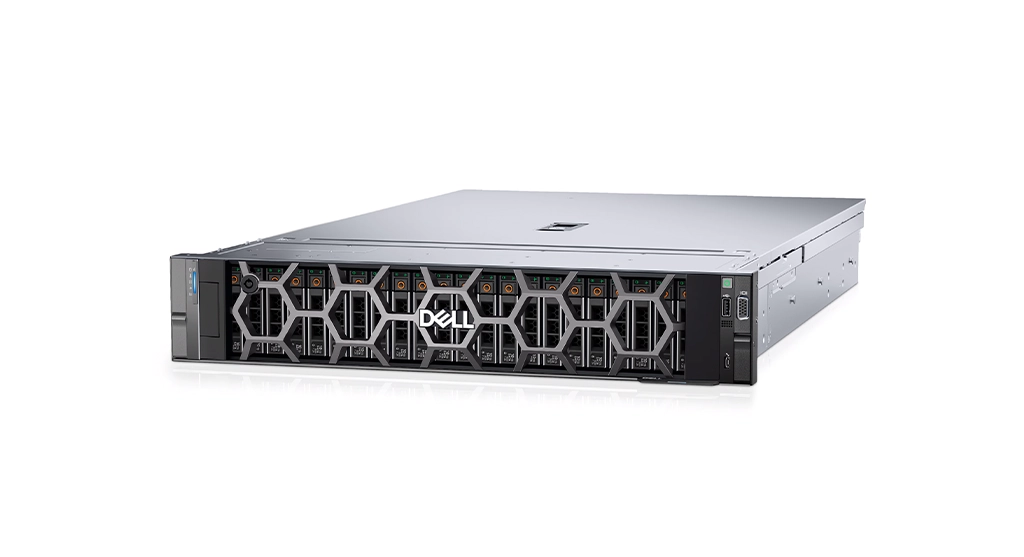
Professional Server Crash Recovery Process
Recovering data from a crashed server requires precision, advanced equipment, and controlled conditions. At RAID Recovery Services, our engineers follow a structured process to ensure the highest possible success rate while maintaining complete data integrity.
The recovery process typically includes:
Each server undergoes a detailed assessment to determine the type of failure and the condition of the drives.
Engineers create sector-by-sector images of all drives to preserve original data. This step ensures that no further damage occurs during analysis.
If the server used a RAID configuration, our team rebuilds the array virtually using diagnostic tools. This helps restore file structures and logical parameters safely.
Once the RAID layout is verified, files are extracted and verified for integrity.
Recovered files are checked for completeness, and clients can remotely verify them before final delivery.
We have successfully handled complex cases such as Oracle SPARC T7 Server Recovery – HSM Failure, restoring full access to critical data for enterprise clients. Our recovery process combines experience, technology, and secure handling to protect every piece of your information.
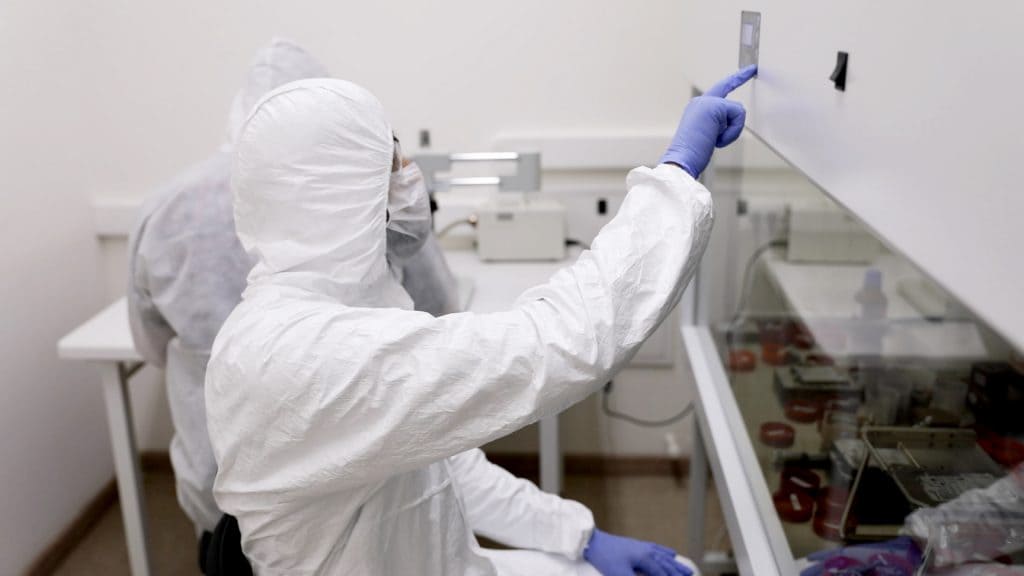
Preventing Future Server Crashes
Once your server is restored, take steps to keep it stable and secure. Regular care and monitoring greatly reduce the risk of another crash.
Back Up Regularly: Keep local and cloud backups to ensure data safety. See our guide on Server Cloud Backup.
Monitor System Health: Watch temperatures, storage, and performance to catch issues early.
Use Power Protection: A UPS helps prevent damage from sudden outages or surges.
Maintain Hardware: Clean fans, replace failing drives, and update firmware on schedule.
Enhance Security: Use strong credentials and install reliable antivirus tools. Learn more in Data Loss Prevention.
Small preventive actions today can help you avoid costly downtime later.
Fast turnaround times for business-critical data
Conclusion
A server crash can disrupt business operations, cause data loss, and create costly downtime. Understanding the causes and taking the right steps quickly can make the difference between full recovery and permanent damage.
When professional help is needed, RAID Recovery Services provides expert solutions for all types of server failures. Our engineers handle complex RAID and enterprise systems with precision and confidentiality.
If your server has crashed or shows signs of failure, contact us today to start a secure recovery process and restore access to your valuable data.
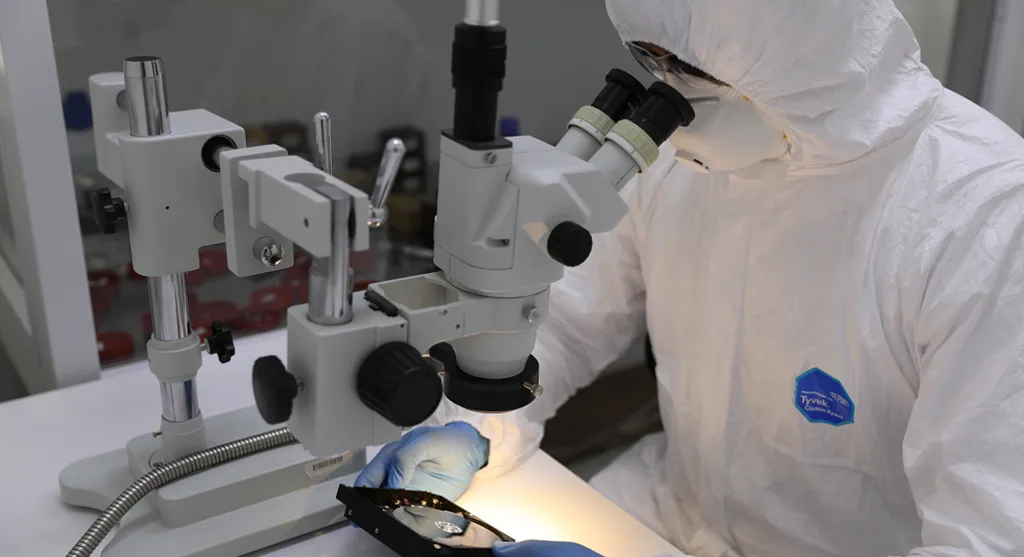
Trust the experts with proven results
Frequently Asked Questions
What usually causes a server to crash?
A server may crash due to hardware failure, overheating, software corruption, power issues, or human error during maintenance. Malware infections or failed updates can also lead to sudden downtime.
Can I restart my server after it crashes?
You can try restarting the server only after checking for physical damage, loose cables, or overheating. If the problem persists, avoid repeated restarts and contact professionals to prevent further data corruption.
How long does server data recovery take?
Recovery time depends on the cause of failure and the storage setup. Simple software errors may take a few hours, while complex RAID recoveries can take several days.
Can data be recovered after a complete server failure?
Yes. In most cases, data can be recovered if the drives are intact. Recovery specialists create drive images, reconstruct the system, and extract files from the damaged configuration.
How can I prevent future server crashes?
Schedule routine maintenance, keep firmware updated, monitor system performance, and set up regular backups. Using UPS units and security software can also help prevent unexpected failures.